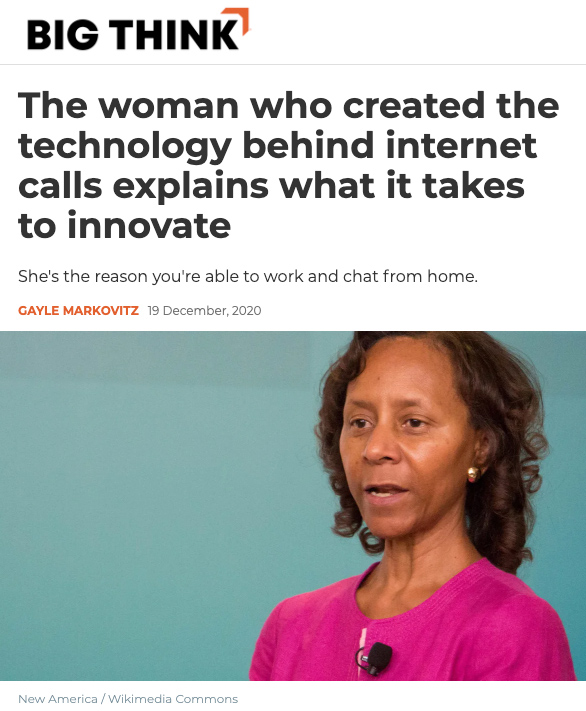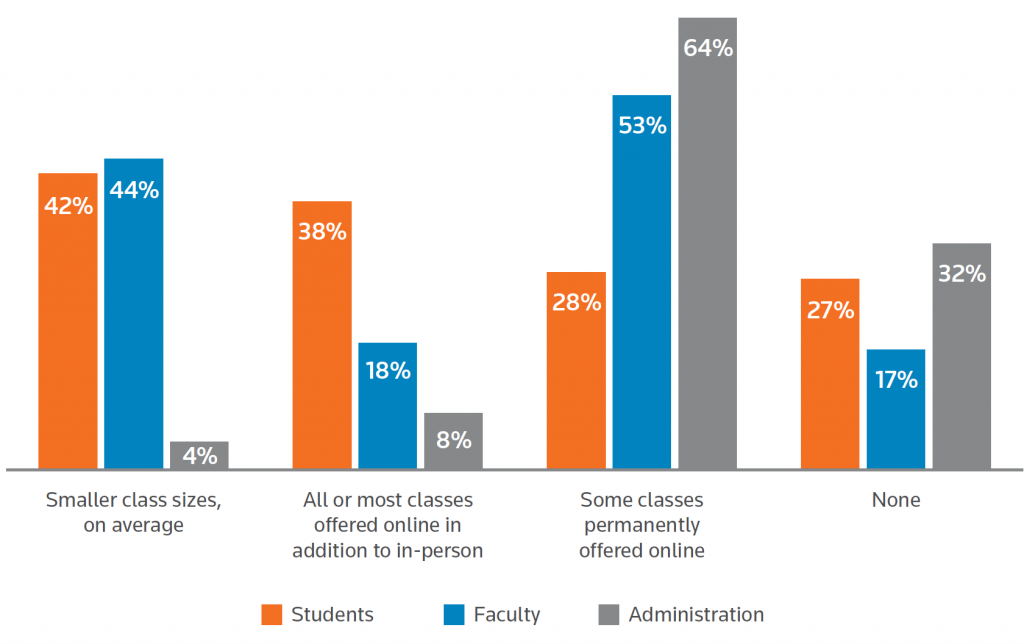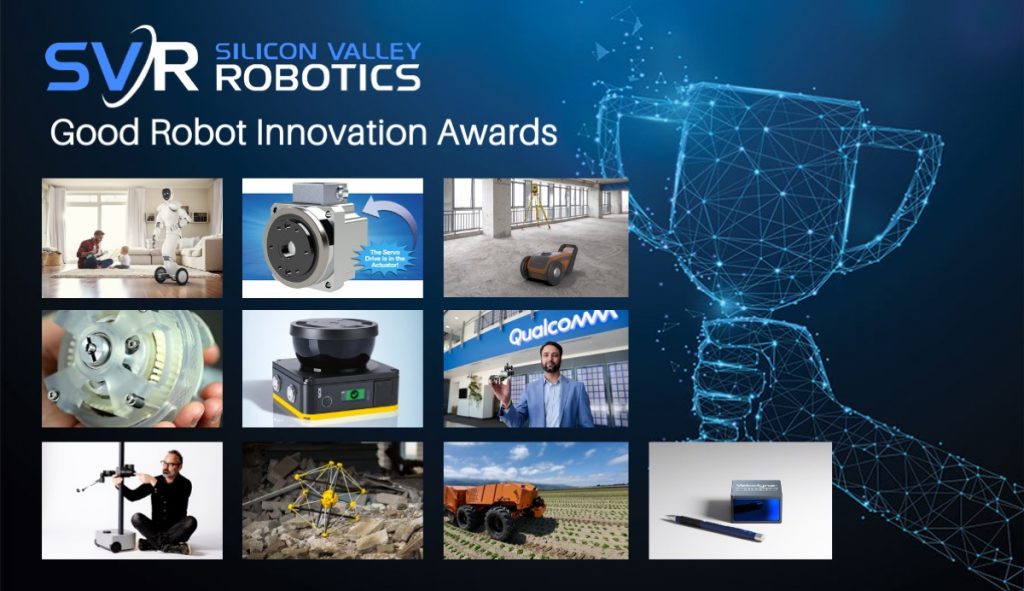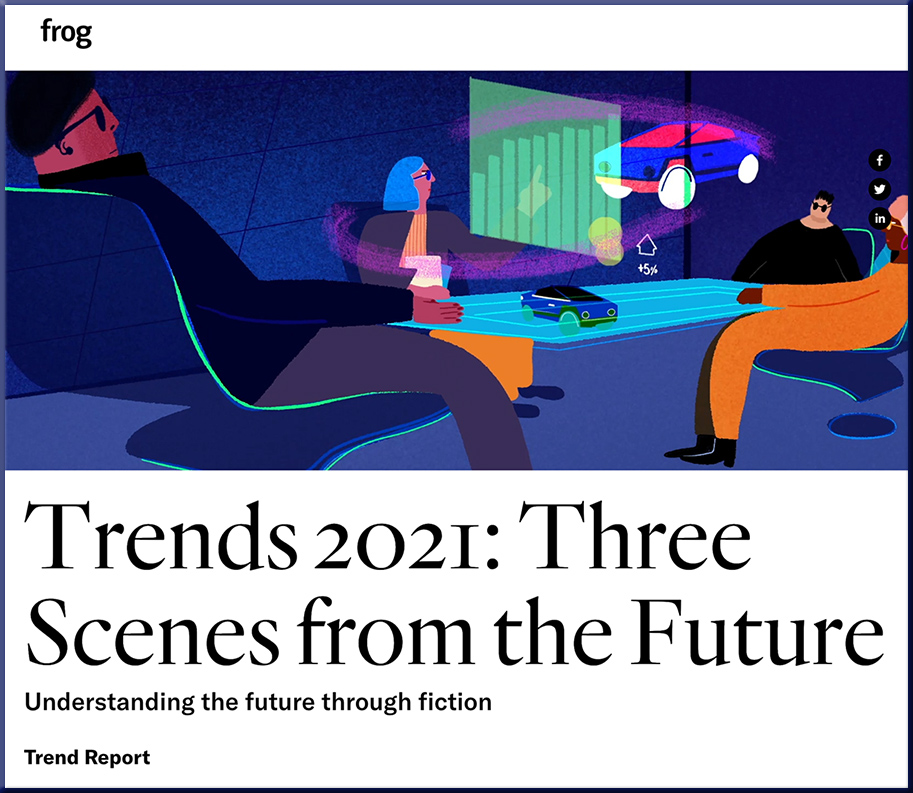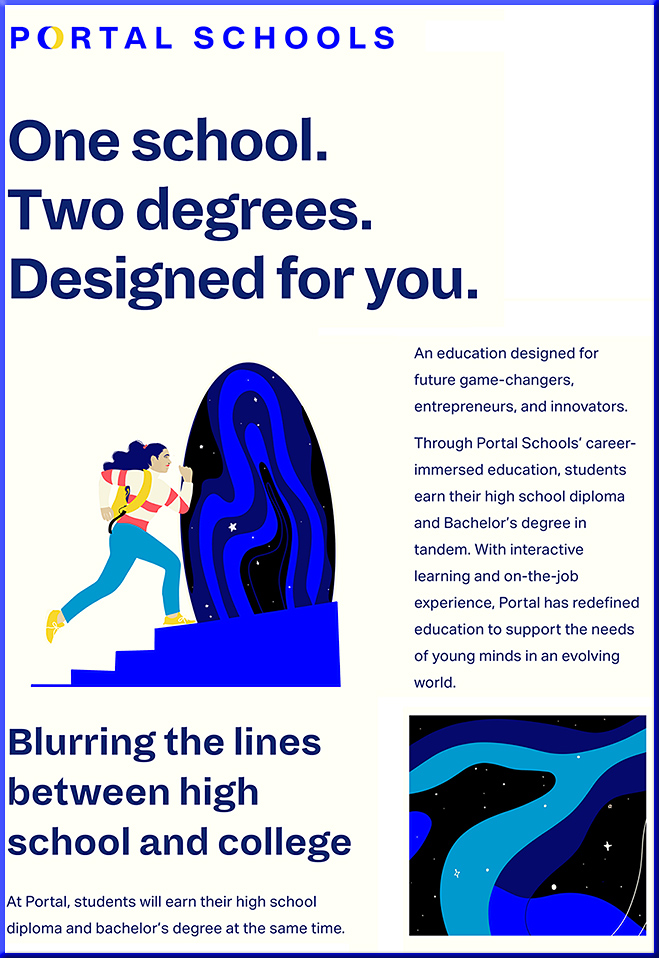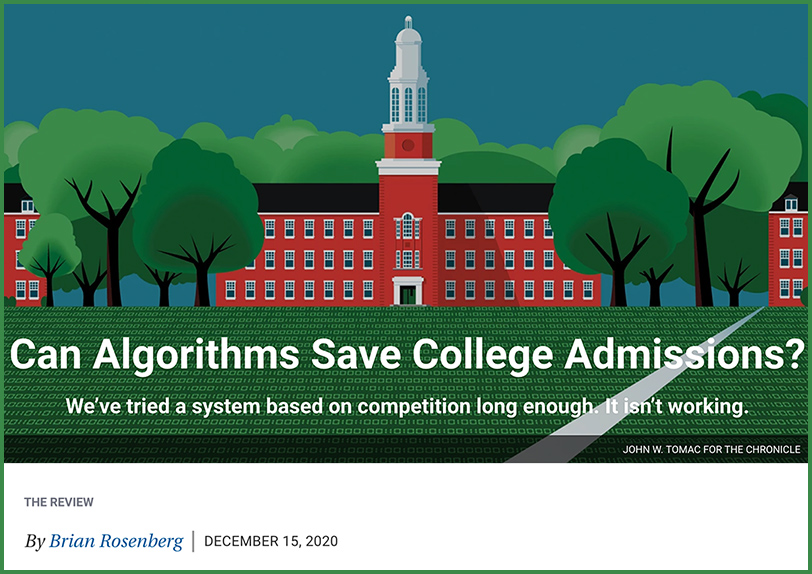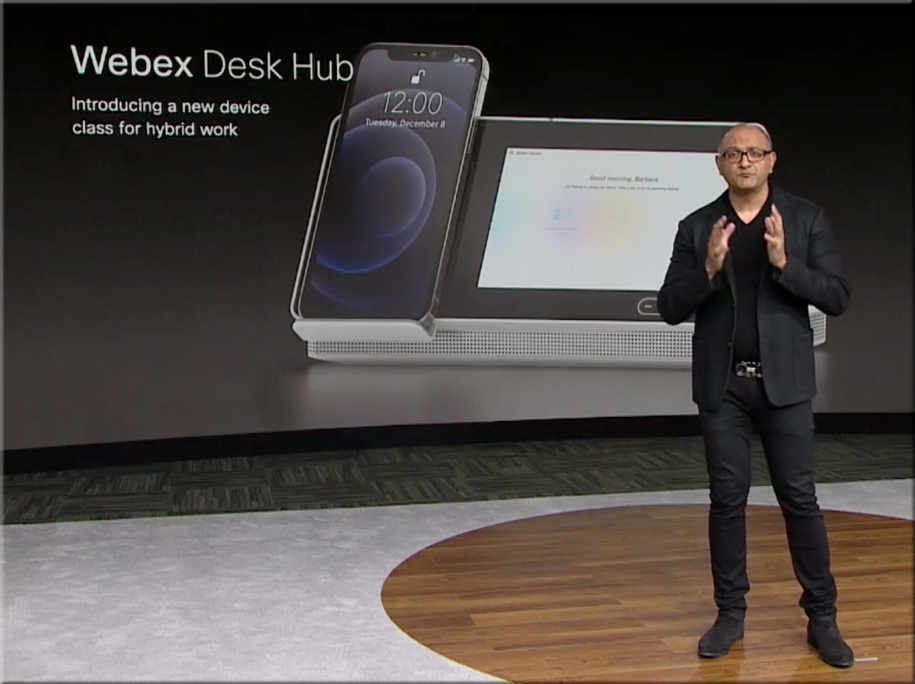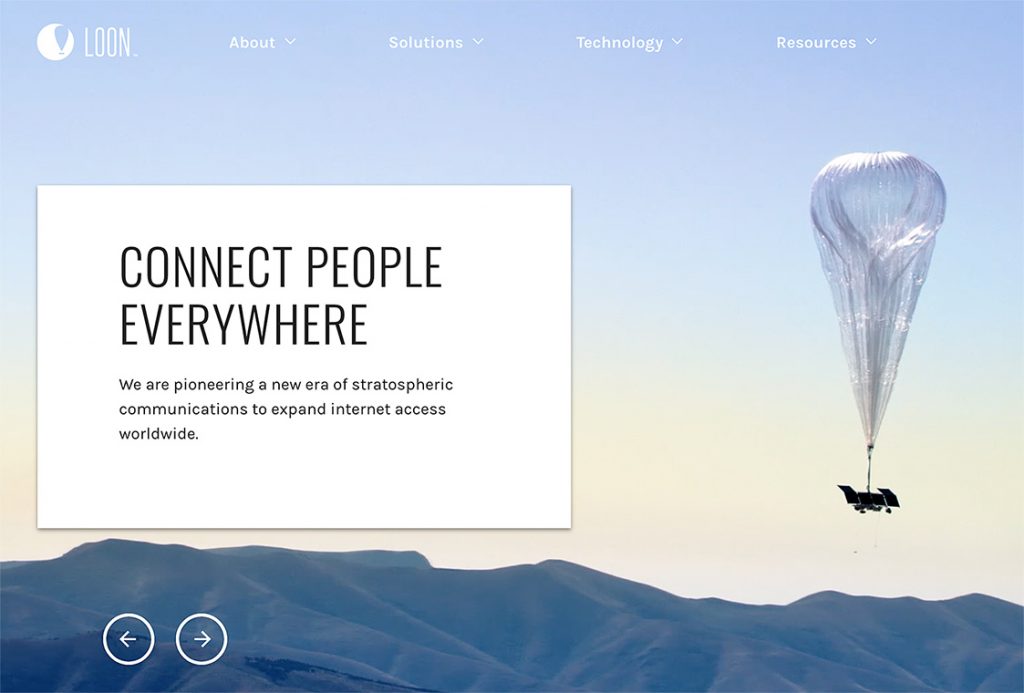Clio’s Legal Trends Report 2020: A Look Into the Future of Law — from legaltalknetwork.com by George Psiharis
Clio COO George Psiharis talks through this year’s trends and the sweeping transformative effect COVID-19 has had on the legal profession.
Excerpts:
The legal world has made more forward progress since the start of the pandemic than many expected it could do in a decade. Lawyers formerly resistant to technology suddenly found themselves with no choice but to adapt and embrace digital-friendly legal practice. For a closer look at how these changes are playing out in the profession, Sharon Nelson and John Simek talk with George Psiharis about Clio’s 2020 Legal Trends Report. They discuss who is weathering pandemic-era shifts most effectively, the mass movement to cloud-based services, the importance of focusing on customer experience, and which COVID-era changes will likely carry on beyond the pandemic. George Psiharis is chief operating officer at Clio.
Mentioned in This Episode
- Clio Legal Trends Report 2020
- The Client-Centered Law Firm: How to Succeed in an Experience-Driven World
The product-market-fit problem is one characterized by a business—or industry—delivering a product that is out of sync with market demand. The issue manifests itself in the form of a massive latent market for legal services, where the majority of those needing legal help don’t get it—which is also a missed opportunity for law firms. Recent studies show: 77% of legal problems don’t receive legal help1, and 86% of civil legal problems faced by low-income individuals receive either inadequate or no legal help at all2.









